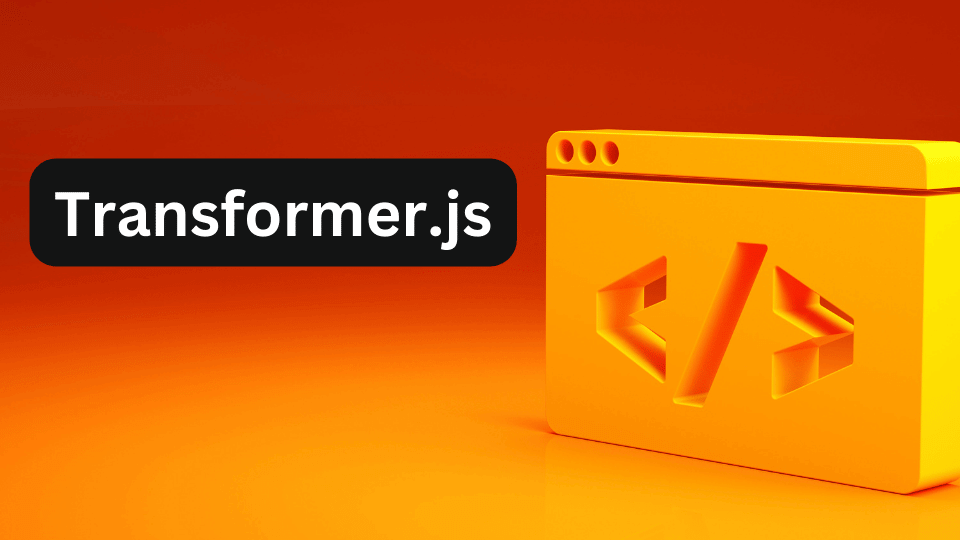Machine learning (ML) has revolutionized numerous fields, but implementing these models typically requires powerful servers and complex setups. Enter Transformers.js, a JavaScript library that allows you to run state-of-the-art machine learning models directly in your browser, without the need for a server. This innovative tool brings the capabilities of Hugging Face’s Python library to the web, providing an accessible and efficient way to utilize advanced ML models.
An Intuitive and Powerful API
Transformers.js aims to be functionally equivalent to Hugging Face’s transformers Python library. This means you can use the same pre-trained models and a similar API in your JavaScript projects. For those already familiar with the Python library, transitioning to Transformers.js is seamless.
For instance, compare these snippets of Python and JavaScript code for sentiment analysis:
Python:
from transformers import pipeline
# Allocate a pipeline for sentiment-analysis
pipe = pipeline('sentiment-analysis')
out = pipe('I love transformers!')
# [{'label': 'POSITIVE', 'score': 0.999806941}]JavaScript:
import { pipeline } from '@xenova/transformers';
// Allocate a pipeline for sentiment-analysis
let pipe = await pipeline('sentiment-analysis');
let out = await pipe('I love transformers!');
// [{'label': 'POSITIVE', 'score': 0.999817686}]The syntax and functionality are nearly identical, making it incredibly easy to adapt existing Python scripts for the web.
Versatility Across Multiple Domains

Transformers.js isn’t limited to natural language processing (NLP). It supports a wide range of tasks across different modalities, including computer vision, audio processing, and multimodal tasks. Whether you need text classification, image segmentation, or automatic speech recognition, Transformers.js has you covered.
The library leverages ONNX Runtime to execute models in the browser. ONNX provides a standardized format for converting models from frameworks like PyTorch, TensorFlow, or JAX into ONNX, which can then be run efficiently in web environments. Hugging Face’s Optimum tool simplifies this conversion process, making it easy to integrate your existing models.
Quick Start and Customization
Installing Transformers.js is straightforward. You can install it via NPM:
npm i @xenova/transformers
Alternatively, you can use a CDN for a quick setup in vanilla JavaScript:
<script type="module">
import { pipeline } from 'https://cdn.jsdelivr.net/npm/@xenova/transformers@2.17.2';
</script>
Transformers.js also offers a variety of sample applications and templates to help you get started quickly. Examples include speech recognition with Whisper Web, real-time sketch recognition with Doodle Dash, and multilingual translation in a React application.
Customization options are robust. You can specify model and WASM file paths, and even disable remote model loading from the Hugging Face Hub. This flexibility allows you to tailor the setup to your specific needs and constraints.
My Experience and Future Prospects
As an enthusiast in the field of machine learning, I find Transformers.js incredibly exciting. It lowers the barrier to entry for utilizing high-performance ML models and allows web developers to explore and showcase advanced AI technologies directly in the browser.
Looking ahead, I anticipate that Transformers.js will continue to expand its supported tasks and model library, opening up even more possibilities for innovative web applications. From educational tools and interactive web apps to real-time data processing, the potential applications are vast.
Whether you are a beginner in machine learning or an experienced developer, Transformers.js offers a powerful and accessible way to bring state-of-the-art ML models to the web. I hope this exploration has given you a good starting point to incorporate Transformers.js into your projects and inspired you to leverage its capabilities for your future developments.
